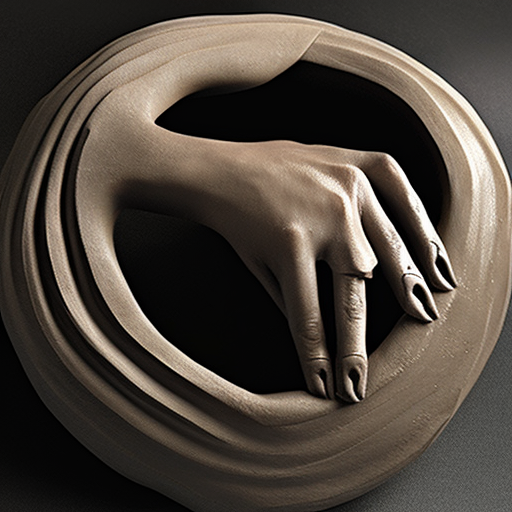Pottery: An Ancient Art Form
Pottery is an ancient art form that involves creating objects, usually vessels, from clay. It has been practiced by various cultures throughout history and continues to be a popular form of artistic expression today. Pottery serves both functional and decorative purposes, with its unique combination of form, texture, and color.
The History of Pottery
Pottery has a long and rich history, dating back thousands of years. The earliest known pottery fragments were found in China and are believed to be over 20,000 years old. From there, pottery spread to other parts of the world, including the Middle East, Europe, and the Americas.
In ancient times, pottery was primarily used for practical purposes, such as storing food and water. However, as civilizations developed, pottery began to take on more decorative and symbolic roles. It became a means of expressing cultural identity and artistic skill.
The Pottery-Making Process
The pottery-making process involves several stages, including clay preparation, shaping, drying, firing, and glazing. First, the clay is prepared by removing impurities and kneading it to achieve a smooth and workable consistency. Then, the potter shapes the clay using various techniques, such as hand-building, wheel-throwing, or mold-casting.
Once the desired form is achieved, the pottery is left to dry. This allows the clay to harden and prepare it for firing. Firing is the process of heating the pottery in a kiln to high temperatures, which causes the clay to undergo chemical changes and become permanently solid. The firing temperature and duration depend on the type of clay and desired outcome.
After firing, the pottery can be left as is or glazed. Glazing involves applying a layer of liquid glass or ceramic material to the surface of the pottery. This not only enhances its appearance but also provides a protective coating. Glazes can be transparent or opaque and come in a wide range of colors and finishes.
Types of Pottery
There are various types of pottery, each with its own distinct characteristics and cultural significance. Some of the most well-known types include:
- Earthenware: Earthenware is the oldest and most common type of pottery. It is made from clay that is fired at relatively low temperatures, resulting in a porous and less durable material. Earthenware is often glazed to make it waterproof and decorative.
- Stoneware: Stoneware is a type of pottery that is fired at high temperatures, resulting in a dense and durable material. It is known for its strength and ability to hold liquids without glazing. Stoneware can be left unglazed or glazed for decorative purposes.
- Porcelain: Porcelain is a type of pottery that is fired at very high temperatures, resulting in a translucent and delicate material. It is known for its smooth texture and white appearance. Porcelain is often used for fine china and decorative objects.
- Raku: Raku is a type of pottery that originated in Japan. It involves a unique firing process where the pottery is removed from the kiln while still red-hot and placed in a combustible material, such as sawdust. This rapid cooling creates distinctive crackle patterns and unique colors.
The Significance of Pottery
Pottery holds great significance in various cultures around the world. It not only serves practical purposes but also reflects the artistic traditions, beliefs, and values of a society. Pottery has been used to create ceremonial objects, religious artifacts, and everyday utensils. It has also been a medium for storytelling and preserving cultural heritage.
In addition to its cultural significance, pottery is also valued for its aesthetic qualities. The combination of form, texture, and color in pottery creates visually appealing objects that can enhance any space. Pottery is often collected and displayed in museums, galleries, and private collections.
Conclusion
Pottery is an ancient art form that has stood the test of time. Its rich history, diverse techniques, and cultural significance make it a fascinating and enduring art form. Whether used for practical purposes or as decorative objects, pottery continues to captivate and inspire people around the world.












